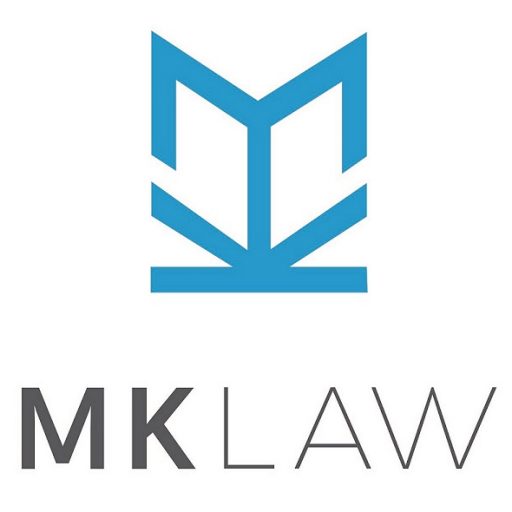20 Jul Understanding New Zealand’s Skilled Residence: The Green List for Work-to-Residence Program
In this discussion, we will cover the prerequisites for the Green List Work to Residence visa, which will be open from 29 September 2023 to skilled professionals. Additionally, we will go over the salary scales for different job positions and the eligibility standards that need to be met to obtain this particular visa.
To qualify as the principal applicant, you must satisfy the following conditions:
- Hold an Accredited Employer work visa or any other work visa applied for before 4 July 2022 when the application for residence is submitted.
- Meet the acceptable employment requirements for a Tier 2 Green List occupation (please refer to SR3.10).
- Have accomplished 24 months of work in a Tier 2 Green List occupation in New Zealand (please refer to SR3.15)
- Be 55 years old or below at the time of submitting the application for residence.
Please note the core requisites for applicants, including health, character, and language proficiency, continue to apply. Applicants must fulfil the health and character requirements and satisfy the minimum standard of English.
Tier 2 Green List Occupations and Requirements
To give you a clearer picture of what kinds of jobs fall into this category, here are some examples from the list:
-
- Construction – Positions such as Building Associate and Crane Operator come with their own set of requirements, such as remuneration thresholds and specific job title
- Factory Process Worker – A Slaughterer role is acceptable, specifically if the individual is a Halal Slaughterer
- Health and Social Services – School Principal and a variety of teaching positions require NZ registration and a provisional practising certificate.
- ICT, Electronics and Telecommunications – A Telecommunications Technician role comes with requirements such as a specific remuneration threshold or certain certification
- Trades – Roles such as Automotive Electrician, Motor Mechanic, and a variety of electrician and plumbing roles have specific qualification and certification requirements
- Agriculture – The Dairy Cattle Farmer role requires a minimum of three years’ experience on a commercial farm.
Delving Deeper Into the 24 Months Work Requirement
Applicants aiming for skilled residence must have worked for at least 24 months in an occupation on Tier 2 of the Green List. This work tenure should have started on or after 29 September 2021, and applicants should have met the requirements for their occupation as specified in the Green List throughout these 24 months.
Notably, applicants who had applied for either any work visa or a critical purpose visitor visa with work conditions before 4 July 2022, and were working full-time (minimum 30 hours a week) in a Tier 2 Green List occupation can count their work towards the 24-month period. However, work on any work visa applied for on or after 4 July 2022 cannot be counted towards meeting this period unless it is an Accredited Employer work visa.
Incorporating Remuneration Requirements
When an occupation has specific pay requirements, the counting of the work period starts when the applicant’s pay reaches or exceeds the hourly rate mentioned in Tier 2 of Appendix 13. However, the counting of the work period will stop in case of the applicant no longer holding one of the specified visas, changing employment and receiving a lower income than the specified hourly rate, or if their remuneration decreases below the specified rate.
Breakdown of wage rates for different occupations during various periods:
Between September 29th, 2021 and July 3rd, 2022, the median hourly wage was $27.00. Telecommunications Technicians and Civil Machinery Operators earned $31.05 per hour (15% more than the median hourly wage), while Crane Operators earned $35.10 per hour (30% more than the median hourly wage). Building Associates earned $40.50 per hour (50% more than the median hourly wage).
From July 4th, 2022 to February 26th, 2023, the median hourly wage increased to $27.76. Telecommunications Technicians and Civil Machinery Operators earned $31.96 per hour, Crane Operators earned $35.96 per hour, and Building Associates earned $41.49 per hour.
Starting February 27th, 2023, the median hourly wage increased to $29.66. Telecommunications Technicians and Civil Machinery Operators now earn $34.11 per hour, Crane Operators earn $38.56 per hour, and Building Associates earn $44.49 per hour.
Parental Leave and Occupation Removal Considerations
For these instructions, any parental leave taken can be counted towards meeting the 24-month work requirement. Furthermore, if an occupation is removed from the Tier 2 Green List after the applicant has started to count work, the work can continue to be counted as long as the applicant remains in the occupation and continues to meet the initial Green List requirements.
Balancing Different Types of Work
If an applicant has worked in New Zealand for at least 24 months within the last 30 months but hasn’t maintained a Green List Tier 2 occupation for the full duration, they can still be considered for the grant of residence if they meet acceptable work requirements, such as earning at least twice the median wage for the balance of the 24 months.
These 24 months of work in New Zealand don’t have to be gained consecutively; it can be a sum of different periods or even different types of work.
The changes in New Zealand’s immigration rules are nuanced and could have a significant impact on applicants. Understanding these changes and adjusting your plans accordingly is crucial. As always, don’t hesitate to seek professional advice if you’re unsure about your situation.
Stay tuned for more updates and information! Safe travels, everyone!






Sorry, the comment form is closed at this time.